The Green Jay is a colorful member of the Corvidae family. They are related to other jays, crows, ravens, jackdaws, rooks, and more. This species has green feathers, a black “bib” around its throat, and a bright blue head. It lives throughout parts of Mexico and Central America. Read on to learn about the Green Jay.
Description of the Green Jay
This jay species has pastel green plumage across most of its body. Their heads are bright blue, their throats and chests are black, and they have black patches around their eyes. The feathers along the sides of their tails are yellow. Like most jays, they are relatively large at about a foot long. Most Green Jays weigh between two and four ounces.
Interesting Facts About the Green Jay
Like all corvids, Green Jays are intelligent birds. Learn more about their behaviors and adaptations below.
- Regional Variation – The different populations of Green Jays throughout Mexico and Central America are actually quite different behaviorally. The different populations are several hundred miles apart and do not interbreed. In fact, some researchers believe that the different populations might be different species.
- Columbian Family Ties – Green Jay populations in Columbia have similar social structures to brown jays and American crows. The offspring from several previous years remain with their parents and help raise the latest brood. The “helper” siblings aid the parents in guarding the nest and collecting food for the young.
- Not Always Bigger in Texas – Texas Green Jays have smaller family groups than those in other regions. The population in Texas and Mexico has different family social ties than their Central American counterparts. The parents only tolerate last year’s chicks until their current offspring have begun to fly. Once the new hatchlings are flying, they kick last year’s kids to the curb!
Habitat of the Green Jay
The two primary populations of these birds prefer different types of habitats. Those that live throughout Texas and Mexico prefer scrubland, usually with mesquite plants. They also live in farmland, specifically groves of citrus trees.
The population in Central America lives primarily in rainforest. They inhabit both lowland areas and mountainous regions. Some populations also live in agricultural plantations.
Distribution of the Green Jay
There are several different, separate regions where Green Jays live. One population ranges from the southern tip of Texas along the eastern coast of Mexico. They also live in Belize, Guatemala, and Honduras.
One population lives along the western coast of Mexico from Puerto Vallarta south. Finally, these birds also live in parts of South America, from Venezuela to Peru and Bolivia.
Diet of the Green Jay
Like most corvids, Green Jays are omnivores and eat both meat and plants. They feed on a variety of seeds, nuts, fruits, and berries. They also hunt for small animals and invertebrates. Some of their common prey items are insect larvae, beetles, spiders, and more. They also eat lizards, frogs, small mammals, and other vertebrates.
Most Greens hunt by moving leaves and rotten wood in search of insect prey. Researchers have even recorded instances of this species using thin twigs to extract bugs from bark and crevices.
Green Jay and Human Interaction
This species lives across a large expanse throughout Central and South America. They have high population numbers, and researchers believe their populations are increasing in North America. Because of this, the IUCN lists this species as Least Concern. However, this does not mean that regional populations are not potentially in danger or decreasing.
Domestication
Humans have not domesticated Green Jays in any way.
Does the Green Jay Make a Good Pet
No, Green Jays do not make good pets. Even though they are quite pretty, you shouldn’t own a Green as a pet. They are intelligent birds with strong social ties that need a lot of mental stimulation. In many places it is also illegal to own one as a pet.
Green Jay Care
In zoos, Greens need lots of space to fly and exercise. They are a social species, and live in family groups. Their enclosures need a variety of perches and shrubbery for them to forage through.
Zookeepers feed them a variety of insects, fruits, berries, nuts, seeds, and commercially produced bird feeds. Like all corvids, they also need plenty of mentally stimulating activities, like puzzle feeders and toys, to keep them entertained.
Behavior of the Green Jay
These birds are most active during the day, or diurnal. All populations are social to some extent, and they live in family groups. Most family groups contain offspring from previous seasons, which help the parents raise the current year’s brood. The older siblings help the parents feed the chicks, and protect the territory from predators and intruders.
Reproduction of the Green Jay
Green Jays are normally monogamous, and a mated pair continues to breed with the same partner year after year. Both partners help build the nest, usually with a variety of twigs and sticks.
The female lays an average of four eggs, which she incubates for two and a half weeks. The male feeds the female while she incubates the eggs and broods the chicks. Even after the chicks fledge, their parents feed and care for them for about a month.

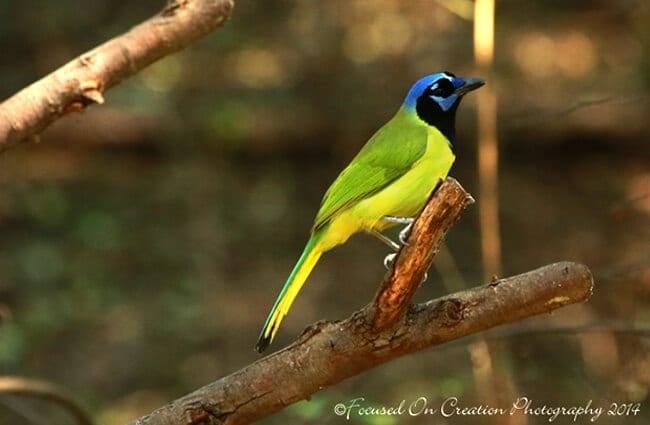
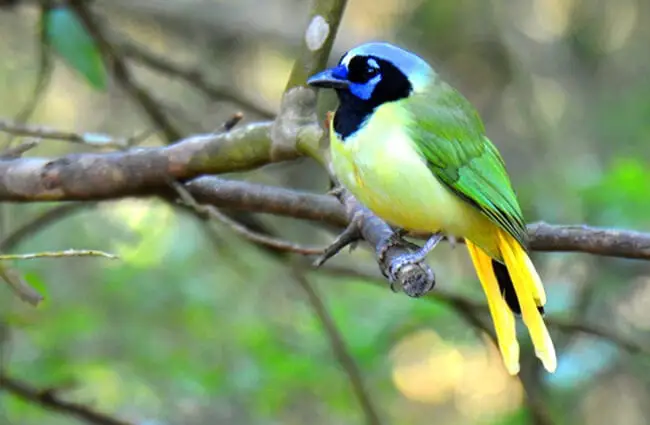

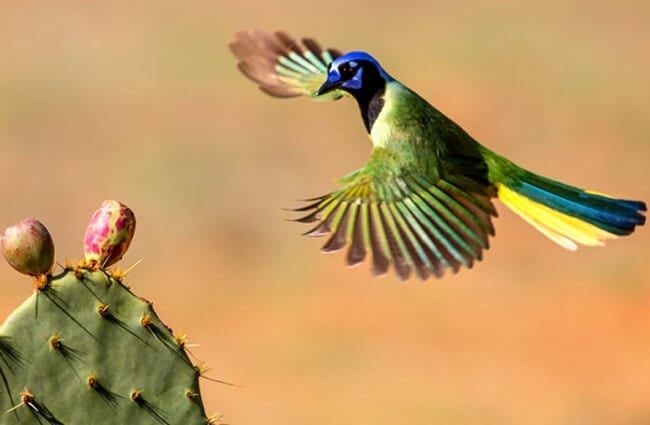
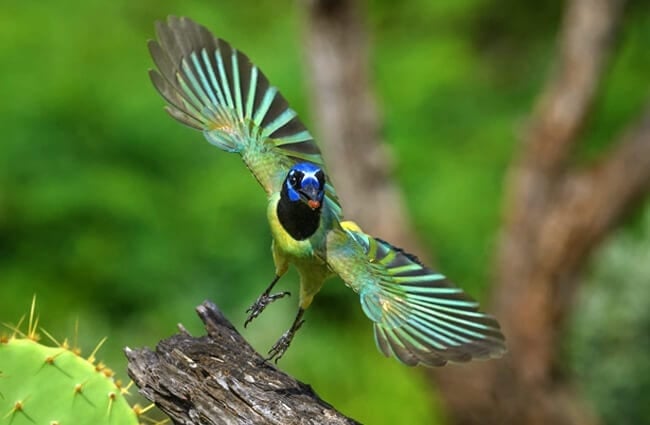
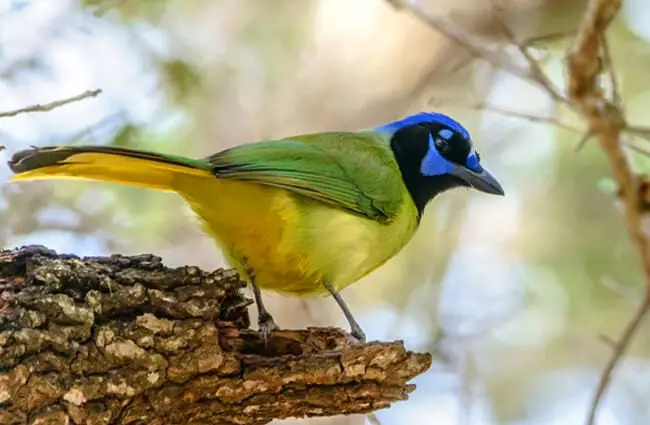
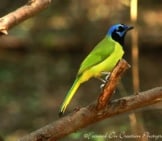
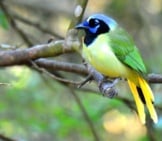
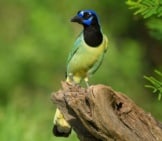
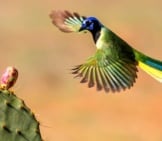
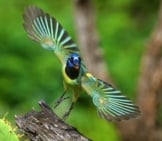
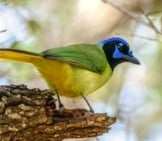
![Red Angus Closeup of a beautiful Red Angus cowPhoto by: U.S. Department of Agriculture [pubic domain]https://creativecommons.org/licenses/by/2.0/](https://animals.net/wp-content/uploads/2020/03/Red-Angus-4-238x178.jpg)












![Red Angus Closeup of a beautiful Red Angus cowPhoto by: U.S. Department of Agriculture [pubic domain]https://creativecommons.org/licenses/by/2.0/](https://animals.net/wp-content/uploads/2020/03/Red-Angus-4-100x75.jpg)

